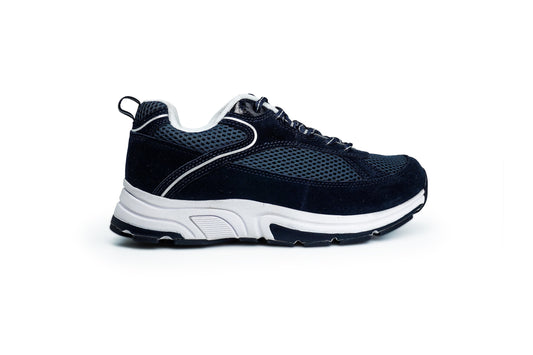Understanding Achilles Tendinitis: Causes, Symptoms, and Prevention
Achilles tendinitis is a common condition characterized by irritation and inflammation of the Achilles tendon, the largest tendon in the body that connects the calf muscles to the heel bone. This condition often occurs due to factors such as sudden increases in exercise intensity, tight calf muscles, and extra bone growth around the tendon attachment.

Causes of Achilles Tendinitis:
Sudden Increase in Exercise: Abruptly increasing the amount or intensity of exercise can strain the Achilles tendon.
Tight Calf Muscles: Having tight calf muscles and starting a vigorous exercise program can stress the Achilles tendon.
Bone Spurs: Extra bone growth where the Achilles tendon attaches to the heel bone can cause friction and lead to inflammation.
Symptoms of Achilles Tendinitis:
Pain and stiffness along the Achilles tendon, particularly in the morning
Thickening of the tendon
Bone spur development
Swelling that worsens throughout the day with activity
Risk Factors for Achilles Tendinitis:
Flat Arch: People with a naturally flat arch may experience increased strain on the Achilles tendon.
Footwear: Running in worn-out shoes can increase the risk of Achilles tendinitis.
Medical Conditions: Individuals with psoriasis or high blood pressure may have a higher risk of developing this condition.
Prevention Strategies for Achilles Tendinitis:
Proper Footwear: Choose shoes that provide adequate support and cushioning, especially for physical activities.
Calf Muscle Strengthening: Strengthening exercises for the calf muscles can help reduce strain on the Achilles tendon.
Stretching: Stretch the calf muscles and Achilles tendon regularly, especially in the morning before activity.
Avoid Overuse: Avoid activities that place excessive stress on the Achilles tendon.








